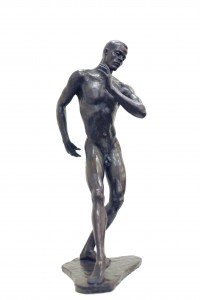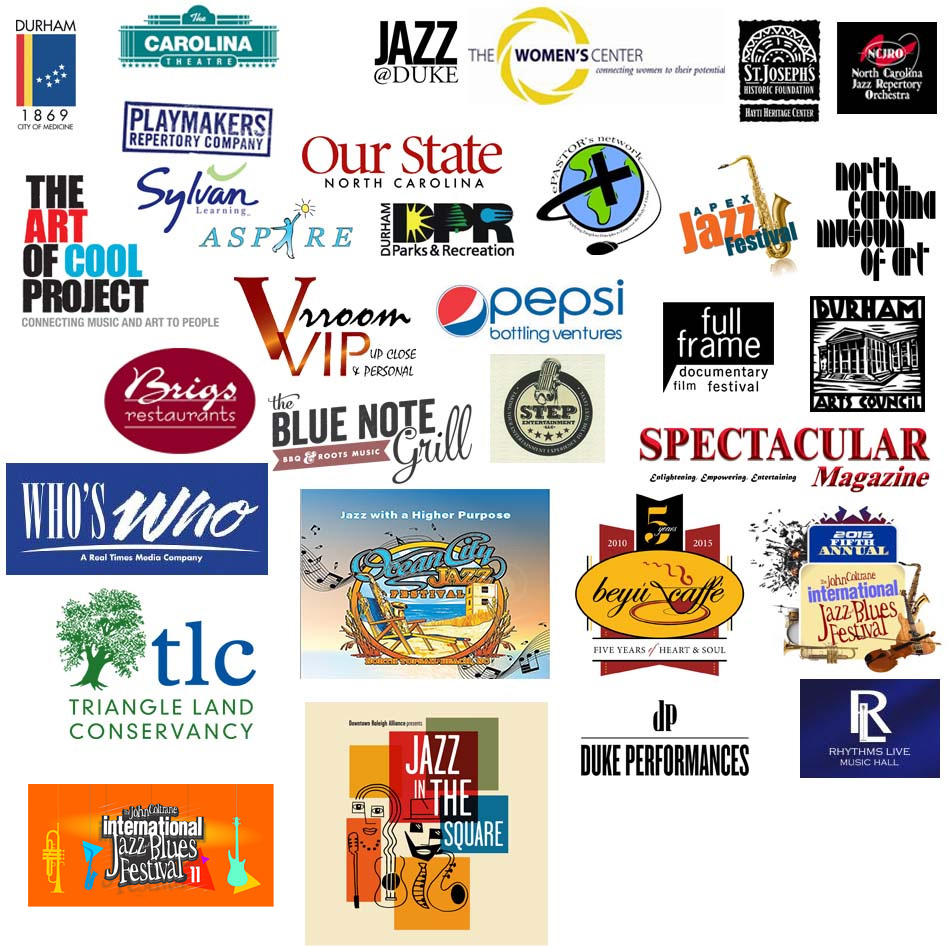Richmond Barthé Exhibit Opens at NCCU Art Museum
 North Carolina Central University will showcase the art of Harlem Renaissance sculptor Richmond Barthé Feb. 6 – April 8 in the NCCU Art Museum. Barthé is considered to be the first modern African-American sculptor to garner substantial critical success. The exhibit, “Richmond Barthé: His Life in Art,” includes 30 bronze sculptures.
North Carolina Central University will showcase the art of Harlem Renaissance sculptor Richmond Barthé Feb. 6 – April 8 in the NCCU Art Museum. Barthé is considered to be the first modern African-American sculptor to garner substantial critical success. The exhibit, “Richmond Barthé: His Life in Art,” includes 30 bronze sculptures.
“Without question Richmond Barthé was the most important sculptor of African-American Modernism in the first half of the 20th century,” said Kenneth Rogers, museum director. “We are excited to exhibit a body of work that epitomized the Harlem Renaissance’s contribution to American art.”
Born in Bay St. Louis, Miss., in 1909, Barthé never knew his father, who died at the age of 22 when Richmond was a month old. By the age of 12, he was showing works at county fairs in Mississippi. After winning a blue ribbon for a drawing he sent to a county fair he came to the attention of Lyle Saxon, who tried unsuccessfully to register Barthé in a New Orleans art school. The refusal was based on Barthé’s race rather than a lack of creative ability.
With the aid of a Catholic priest, Barthé, with less than a high school education and no formal training in art, was admitted to the Art Institute of Chicago in 1924. During his four-year stay at the Institute he pursued a career as a painter. During the last year of his study at the institute, he began modeling in clay to gain a better understanding of the third dimension in his painting. He soon abandoned painting to concentrate on sculpture.
In 1929, soon after he graduated from the Art Institute of Chicago, Barthé moved to New York, where he began to rise to stardom as a sculptor. During his first year in New York, he completed approximately 35 sculptures. By 1934, his reputation was so well established that he was awarded his first solo show at the Caz Delbo Galleries in New York City. His exhibitions and commissions were numerous and included additions to the permanent collections of the Whitney Museum (“African Dancer,” “Blackberry Woman” and “Comedian”) and the Metropolitan Museum of Art (“The Boxer”). Commissions included a bas relief of Arthur Brisbane for Central Park, an 8-by-80-foot frieze titled “Green Pastures: The Walls of Jericho” for the Harlem River Housing Project, and the largest commission of his career, the public monument to Toussaint L’Ouverture in Haiti.
Barthé later moved to Jamaica, West Indies, and lived there for 20 years until the mid-1960s, when rampant violence, reminiscent of the violence that had caused him to leave New York, began to occur in Jamaica. He spent five years in Switzerland, Spain and Italy before settling in Pasadena, Calif. Barthé met actor James Garner in 1978 and found a kindred spirit. Garner became his benefactor, funding his health care and keeping his bills current for the remainder of his life.
Included in the exhibition are numerous portrait busts and free-standing figurative works, some of which were enlarged and are today distributed around the world. Among the busts are images of African- American luminaries Paul Robeson, Mary McLeod Bethune and Josephine Baker. Among the figurative works in the exhibition are “Feral Benga,” “Inner Music,” “Stevedore” and “Athlete Resting.” According to Rodgers, in each of them Barthé realizes a basic and characteristic rhythm and presents poses with a sense of suspended motion.
The North Carolina Central University Art Museum is located on Lawson Street across from the Farrison-Newton Communications Building. The Museum is open Tuesday through Friday from 9 a.m. to 5 p.m. and Sunday from 2 p.m. to 5 p.m. Admission is free. For general information or assistance, please call 560-6211. For group visits, please call in advance.

